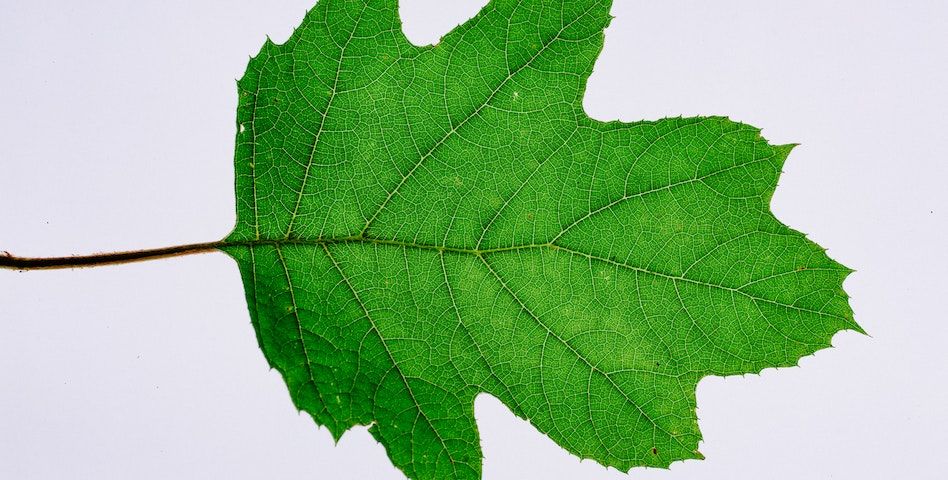Photosynthesis Magic: Why Do Plants Give Oxygen? The Quirky Science Behind It
1. The Oxygen Oasis: A Quirky World of Plant Magic
Imagine strolling through a lush, green forest or lounging in your backyard garden, and you're greeted with a refreshing breeze of oxygen. Have you ever wondered where all that life-giving oxygen comes from? It's time to dive into the quirky world of photosynthesis and discover why plants give us this precious gift.
2. Sunshine Sorcery: The Power of Photosynthesis
At the heart of this quirky phenomenon is a magical process called photosynthesis. Plants, with their chlorophyll-packed leaves and stems, are like quirky little wizards harnessing the power of the sun. They absorb sunlight, carbon dioxide (CO2), and water, and perform a wondrous transformation.

3. Carbon Dioxide Conjuring: Plants as CO2 Sponges
One of the quirkiest roles plants play is their ability to absorb carbon dioxide, a greenhouse gas that contributes to global warming. Just like sponges soaking up spills, plants absorb CO2 from the atmosphere through tiny openings called stomata on their leaves. In a world grappling with climate change, this quirky trait is a lifesaver.
4. Water Works: Quirky Liquid Alchemy
But plants don't stop at CO2. They also have a knack for alchemical transformations when it comes to water. Through their roots, plants draw in water from the soil. This quirky liquid then journeys up the stem and into the leaves, where it plays a vital role in photosynthesis.
5. The Oxygen Oasis: A Quirky Byproduct
Now, here's where the magic happens. As plants soak up sunlight, they use it to convert carbon dioxide and water into glucose (a type of sugar) and oxygen. The quirky byproduct of this process is the oxygen we breathe. That's right – every time you take a breath, you're indulging in a bit of plant-produced oxygen.
6. Glucose Goodies: Fuel for Plant Life
While oxygen is a quirky gift to us, glucose is the fuel plants need to thrive. They use it for energy, growth, and maintenance. Some of it gets stored as starch, while the rest is used to build plant structures like leaves, stems, and roots.
7. Oxygen Oases Everywhere: Plants as Environmental Stewards
Plants aren't just quirky magicians for the atmosphere; they're also environmental stewards. Forests, for example, act as vast oxygen oases. The Amazon rainforest alone produces a significant chunk of the world's oxygen. So, next time you're in a plant-filled setting, tip your imaginary hat to these quirky guardians of the oxygen supply.
8. The Night Shift: A Quirk in Oxygen Production
While plants are oxygen factories during the day, there's a quirky twist at night. In a process called respiration, they consume oxygen and release carbon dioxide, much like animals. However, during the day, photosynthesis overpowers respiration, leading to a net production of oxygen.
9. Breathe Easy: A Quirky Balance
The quirky balance between photosynthesis and respiration ensures that our atmosphere maintains a stable level of oxygen. In essence, plants and animals, in their quirky symbiotic dance, maintain the delicate equilibrium of our planet's gases.
10. Plants of the Ocean: Marine Marvels
While we often think of land plants as the oxygen providers, marine plants, particularly phytoplankton, are equally quirky oxygen producers. These microscopic plant-like organisms, floating in the ocean, contribute significantly to the Earth's oxygen supply.
11. The Quirky Sidekicks: Plant Partners in Oxygen Production
Beyond land and marine plants, quirky oxygen production occurs in various ecosystems. Wetlands, mangroves, and even algae-filled ponds play roles in the grand oxygen narrative. These quirky sidekicks ensure that oxygen is available in abundance for us and other forms of life.

12. The Human Connection: Oxygen and Our Quirky Lives
In conclusion, the quirky science behind why plants give oxygen is a tale of natural balance and harmony. It's a story of how every breath we take is intertwined with the magical world of photosynthesis. Understanding this quirky process not only deepens our appreciation for the plant kingdom but also reminds us of our responsibility to protect the environment – the quirky stage where this botanical magic unfolds.
Conclusion
So, the next time you find yourself in a garden, a park, or even gazing at a potted plant on your windowsill, take a moment to savor the quirky wonder of photosynthesis and the gift of oxygen it bestows upon us. It's a reminder that we're all connected in this whimsical dance of life on Earth.